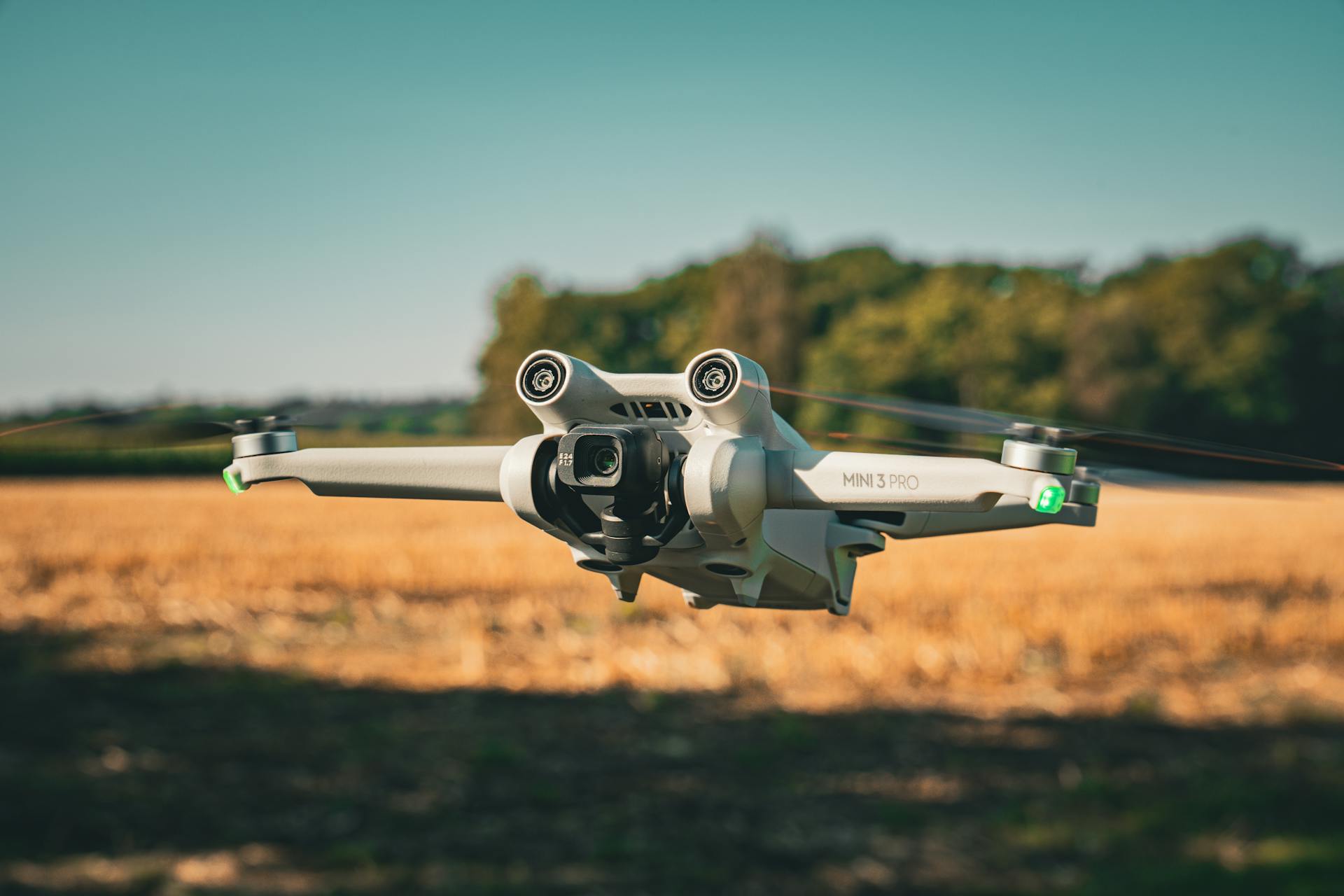Modularity: Building Blocks for Flexibility
Modular design is a cornerstone strategy for engineering flexibility. It involves decomposing a complex system into smaller, independent units (modules) with well-defined, standardized interfaces.
This approach allows modules to be developed, tested, and updated independently. If one module needs modification or encounters a failure, it impacts the system less severely than in a monolithic design.
Upgrades become simpler – replace an outdated module with a newer one adhering to the same interface, extending the system's lifespan without a full redesign.
Modularity facilitates customization by allowing different combinations of modules to meet specific customer needs, and enables parallel development, potentially speeding up time-to-market.
From software microservices to configurable manufacturing equipment and platform-based vehicles, modularity provides a powerful foundation for adaptable and resilient engineering solutions.








